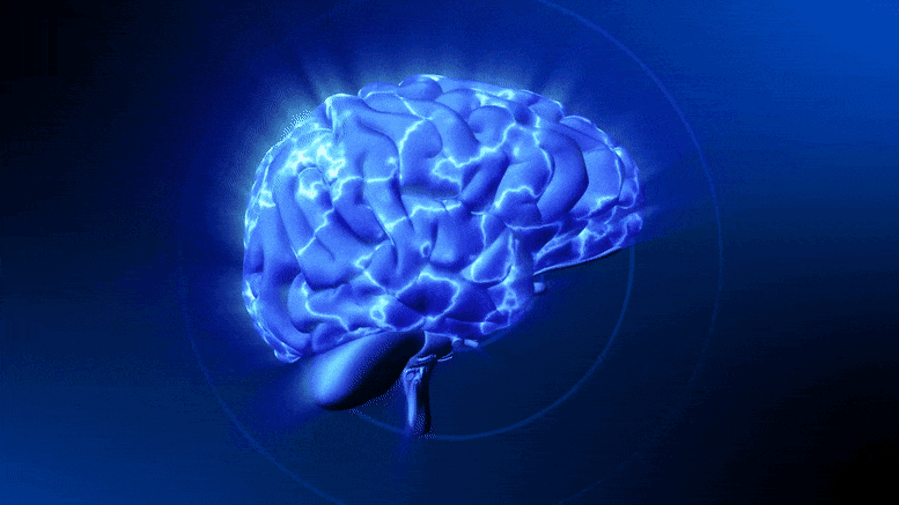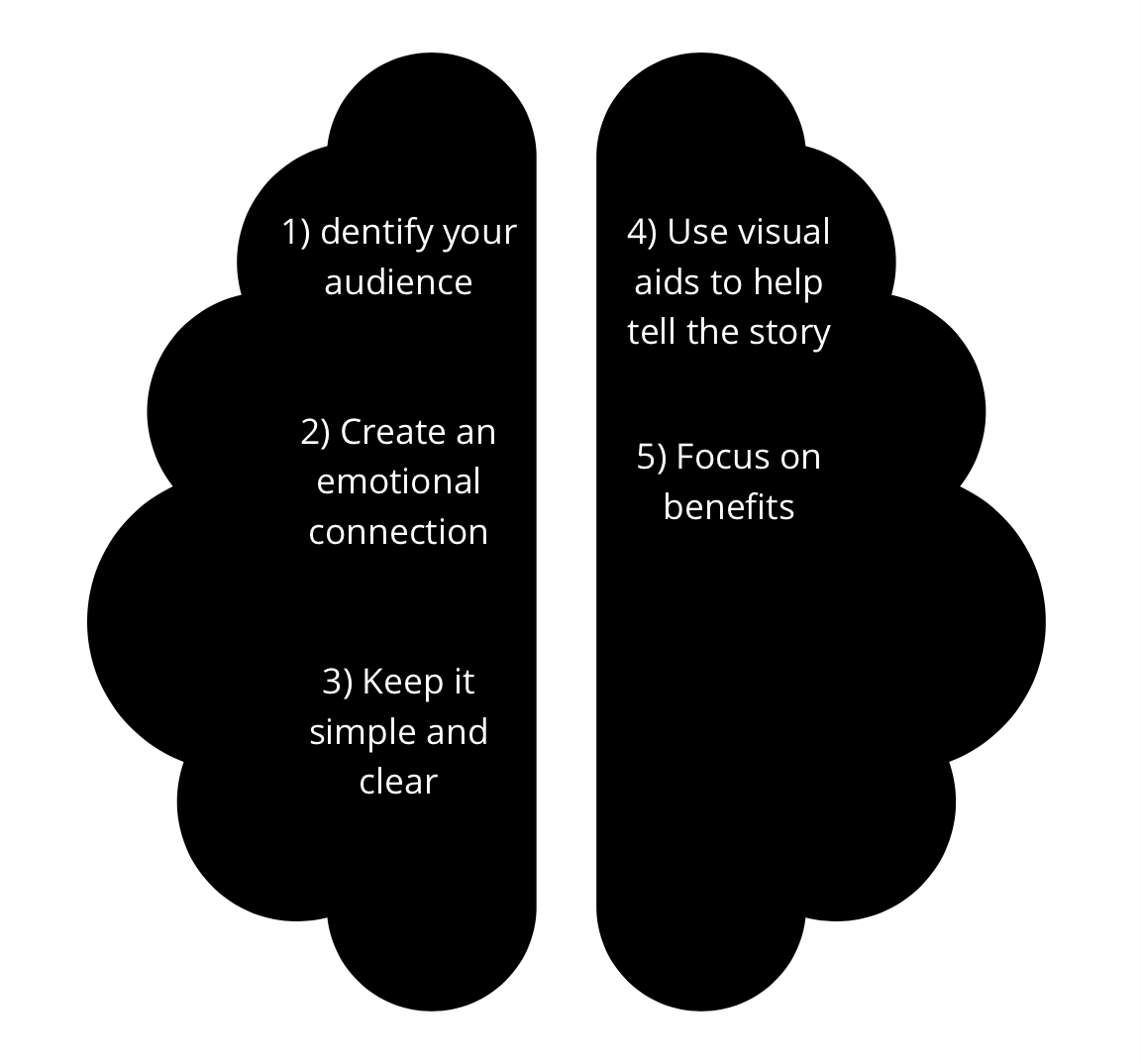A Swiss engineer went on a walk in the woods. He wondered if the burrs stuck to his dog and his pants may be goodfor something. After eight years of study, George de Mestral used two strips of fabric, one with thousands of tiny hooks and the other with thousands of small loops, to mimic the natural bond. He filed for a Velcro patent, combining“velvet” and “crochet as a name.” 1 And after reading this, it’s unlikely that you will ever forget Velcro’s origin story.
The power of a story
Recent research has revealed that when we listen to real or fictional stories, our brains release dopamine (often referred to as the “Feel-Good Chemical,” a neurotransmitter) and oxytocin (the love hormone), which can make us feel happier and more connected with others.

By sharing your experiences through storytelling, you can work through difficult emotions such as grief or trauma while connecting with those around you on a deeper level.
Brain, the most powerful data processor
The human brain is the most powerful data-processing system in the universe. It has been built to extract meaning from data and make sense of it.

From a human perspective, visualization is effective because we respond to and process visual information superior to other types of information. About 90% of data transferred to the brain is visual, and the human brain processes visuals 60,000 times faster than words. We can harness this ability to improve narrative because we are naturally visual beings.5
An average individual analyzes as much as 74 GB of information every day (equivalent to watching 16 movies) thanks to TV, computers, cell phones, tablets, billboards, and various other gadgets, according to scientists who have analyzed the quantity of data that enters the brain.6
Stages for information processing
Understanding the stages of information processing in our brains makes it easier to convince people using stories. There are three crucial phases to the learning process:
1st stage: Input
The brain analyzes and assesses the data when exposed to a stimulus.
Stage 2: Keeping/Integration
The information is retained in our minds for future use. However, the brain may eventually forget the data if it is not reinforced.
Stage 3: Product/Response selection
Finally, the brain chooses how it will process the information and respond to the situation.8
The steps to use storytelling to convince the brain
Here are some tips on how you can use storytelling to convince the brain:
1) Identify Your Audience: Ensure you know whom you’re targeting so that it resonates with them in a meaningful way. Think about their age group, interests, and beliefs.
2) Create An Emotional Connection: Stories should evoke emotion from readers or listeners to connect with what’s being said: humor or tragedy – whatever works best for your audience!
3) Keep It Simple & Clear: Ensure all elements within the story are easy to understand and relevant to clarify what’s happening or why it is essential.
4) Use Visual Aids To Help Tell The Story: Images, videos, graphs, etc. can help bring stories alive by providing visual examples that further enhance understanding.
5) Focus On Benefits: Ultimately, people want to understand how they’ll benefit from listening/reading – make sure this is clearly outlined throughout!
Conclusion
Understanding how our brain works when visualizing, and hearing things, gives us a competitive advantage when we present content. Keeping these suggestions in mind, storytelling can be a powerful technique for brain-convincing.
Bibliography
- Our Story – Velcro Companies History, no date. United Kingdom. Online. Accessed 6 January 2023]. Retrieved from: https://www.velcro.co.uk/original-thinking/our-story/
- DUNNE, Daisy, 2017. Scientists have discovered the power of dopamine to shape your decisions. Mail Online. Online. 9 March 2017. [Accessed 7 January 2023]. Retrieved from: http://www.dailymail.co.uk/~/article-4297698/index.html
- The Science of Storytelling #infographic – Visualistan, no date. Online. [Accessed 6 January 2023]. Retrieved from: https://www.visualistan.com/2014/05/the-science-of-storytelling-infographic.html
- New Neuroelectronic System Can Read and Manipulate Brain Signals. Sci TechDaily. 10 May 2021. Online. [Accessed 6 January 2023]. Retrieved from: https://scitechdaily.com/new-neuroelectronic-system-can-read-and-manipulate-brain-signals/
- Humans Process Visual Data Better | Thermopylae Sciences + Technology, no date. Online. [Accessed 7 December 2022]. Retrieved from: https://www.t-sciences.com/news/humans-process-visual-data-better
- Too Much Information, Too Little Time: How the Brain Separates Important from Unimportant Things in Our Fast-Paced Media World, no date. Frontiers for Young Minds. Online. [Accessed 7 December 2022]. Retrieved from: https://kids.frontiersin.org/articles/10.3389/frym.2017.00023
- How Your Brain Processes Information, 2018. Online. [Accessed 7 January 2023]. Retrieved from: https://www.youtube.com/watch?v=tPqI6ZgJgjY
- PAPPAS, Christopher, 2016. Information Processing Basics: How The Brain Processes Information. eLearning Industry. Online. 11 November 2016. [Accessed 7 December 2022]. Retrieved from: https://elearningindustry.com/information-processing-basics-how-brain-processes-information






Laisser un commentaire